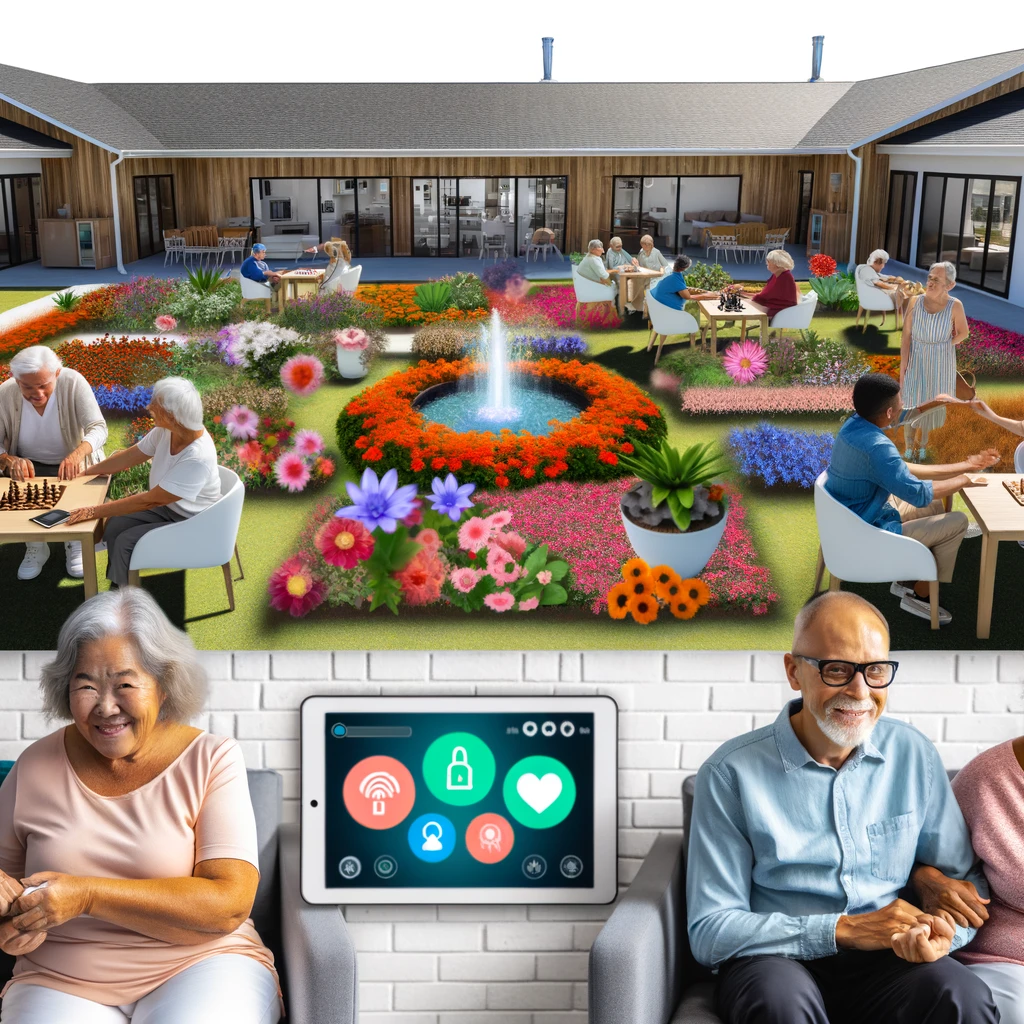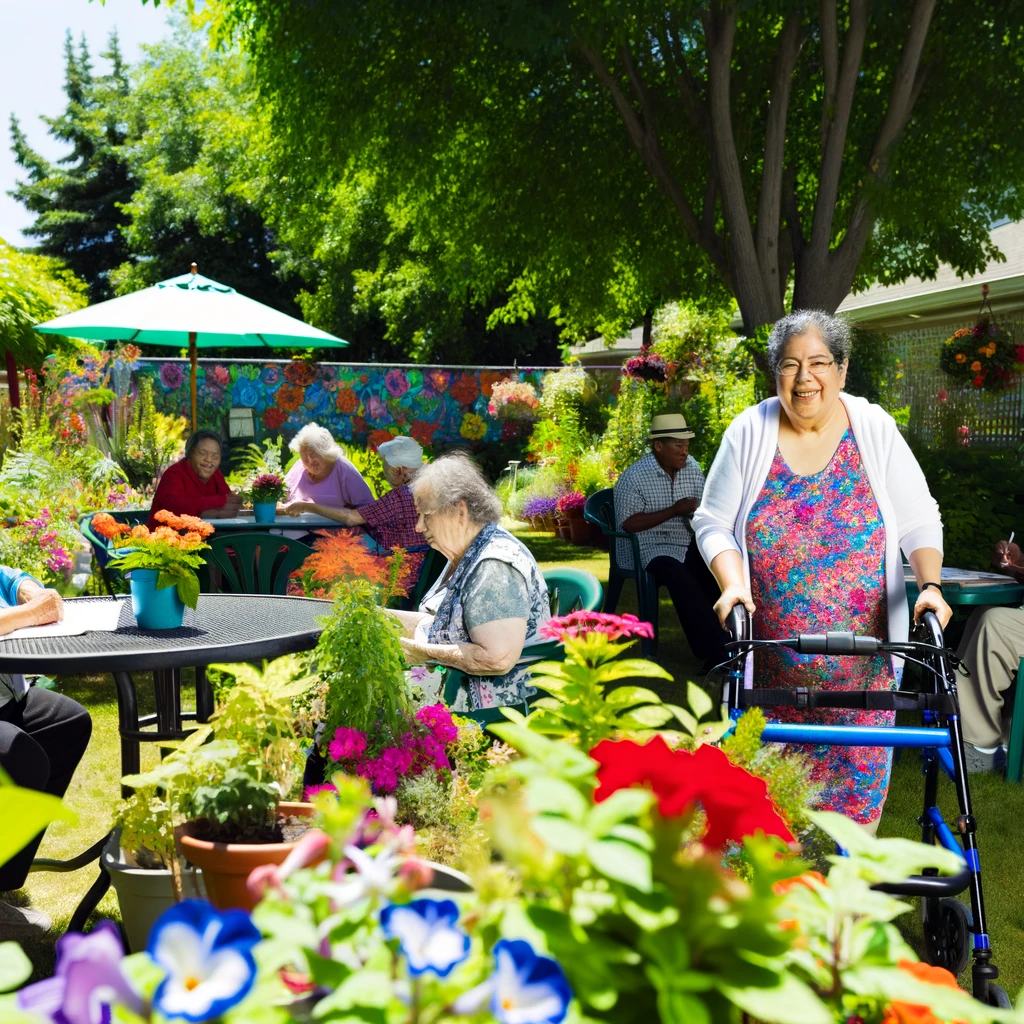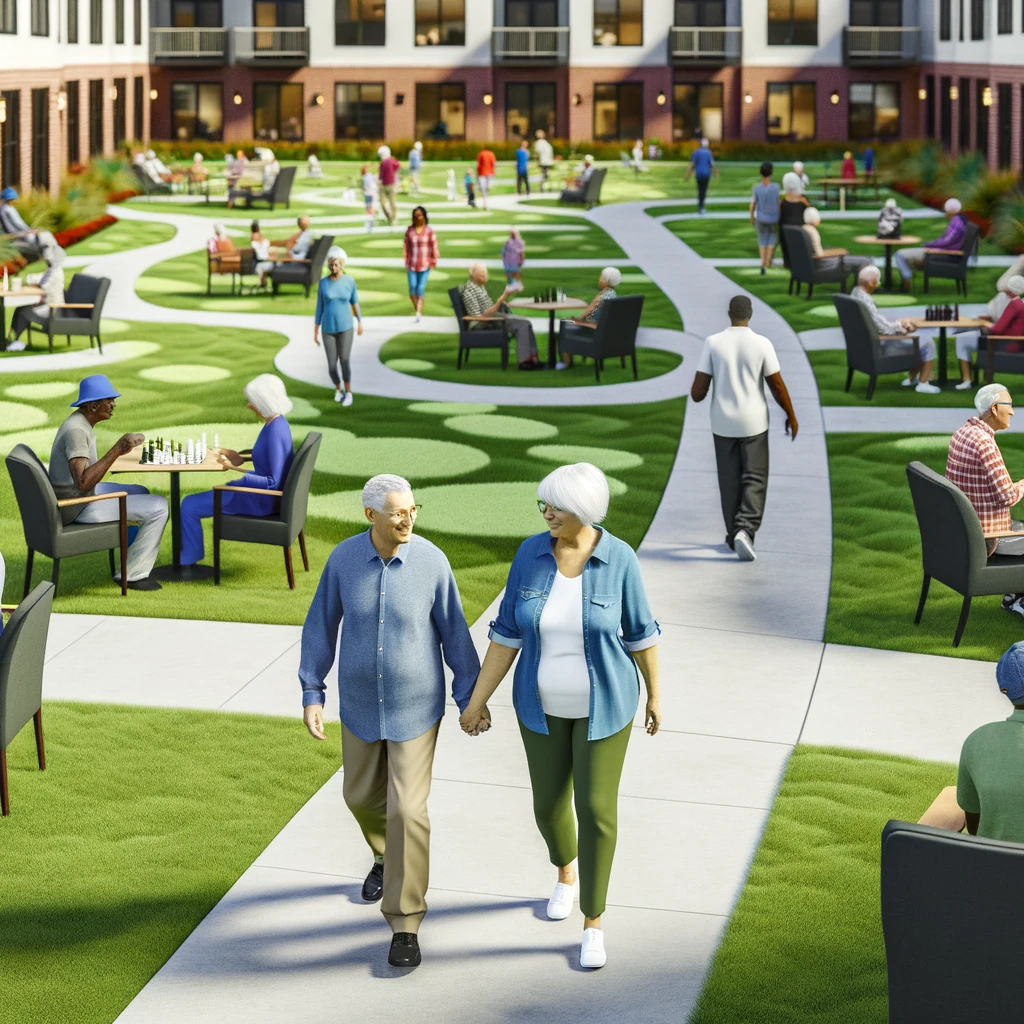
The Future of Senior Care: Innovations in Senior Living
As the global population ages, the demand for innovative senior care solutions is more pressing than ever. This article explores the transformative innovations in senior living that promise to revolutionize how we care for our elderly population, enhancing their quality of life and independence.
The Changing Landscape of Senior Living
The senior living landscape is undergoing a significant transformation. Traditionally, senior care options were limited to nursing homes or in-home care. However, recent innovations are paving the way for more dynamic and fulfilling living arrangements.
Technology Integration
One of the most significant changes is the integration of technology into senior care. From smart home devices to wearable health monitors, technology is enabling seniors to live more independently while ensuring their safety and well-being. For example, smart home systems can automate daily tasks, such as turning off lights and regulating room temperature, which can significantly enhance the comfort and safety of seniors living alone.
Community-Focused Living
Another trend is the shift towards community-focused living arrangements. These environments are designed to foster social interaction and provide a sense of belonging among seniors. Community living options, such as co-housing and senior villages, offer shared amenities and social activities that encourage engagement and reduce feelings of isolation.
Innovative Care Models
In addition to changes in living arrangements, care models are also evolving to better meet the needs of seniors. Here are some of the most promising innovations:
Person-Centered Care
Person-centered care models focus on tailoring care to the individual needs and preferences of seniors. By prioritizing the individual’s desires and lifestyle choices, caregivers can provide more effective and personalized support.
Telemedicine
Telemedicine has become a vital tool in senior care, especially in rural or underserved areas. It allows seniors to access medical consultations and follow-ups from the comfort of their homes, reducing the need for travel and minimizing exposure to illness.
Robotics and Automation
Robotic caregivers and automated systems are being developed to assist with routine tasks such as medication management and mobility assistance. These technologies not only support physical care but also help alleviate the workload on human caregivers, allowing them to focus on more complex care needs.
The Role of Policy and Regulation
To fully realize the potential of these innovations, supportive policies and regulations are necessary. Governments and regulatory bodies must work to establish standards and guidelines that ensure safety and accessibility for all seniors, regardless of their socioeconomic status.
Conclusion
The future of senior care is bright with the promise of technology and innovative care models. By embracing these advancements, we can create a more supportive and enriching environment for our aging population, ensuring that seniors can enjoy a high quality of life with dignity and independence.
Related Articles





